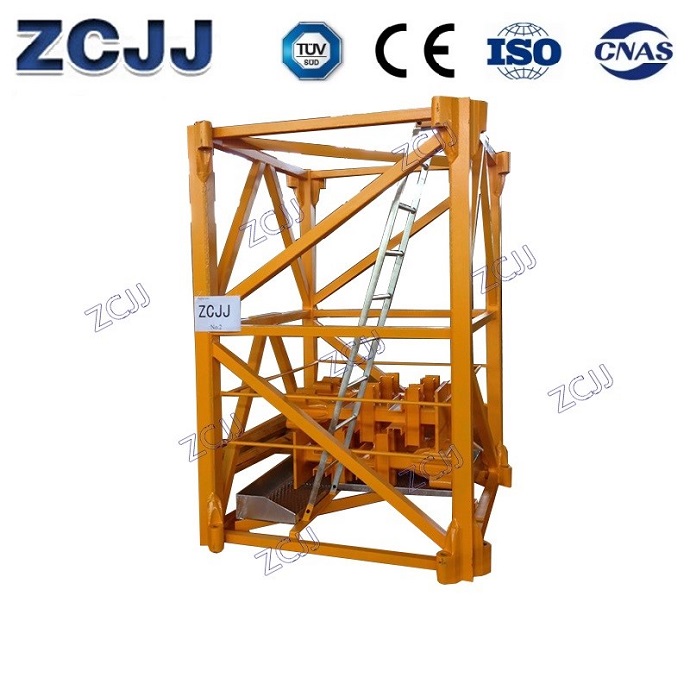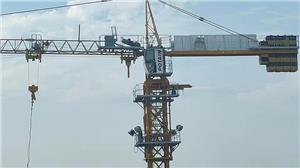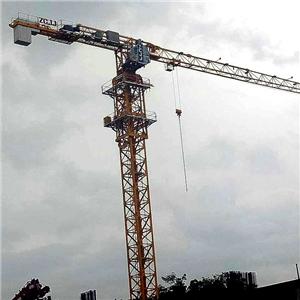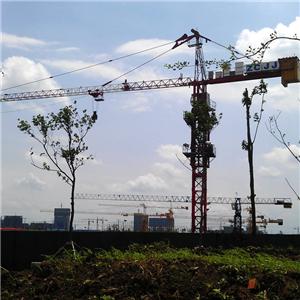154HC Mast Section Configuration of tower crane brake device and selection of brake type
The configuration of tower crane brake device is related to the service life and safety of the equipment. Therefore, it is necessary to discuss the configuration of tower crane brake device. The type selection of tower crane brake is mainly based on the product standard requirements and actual needs of the host machine or mechanism.
154HC Mast Section:
http://www.towercranesupply.com/product/154hc-mast-section-liebherr-tower-crane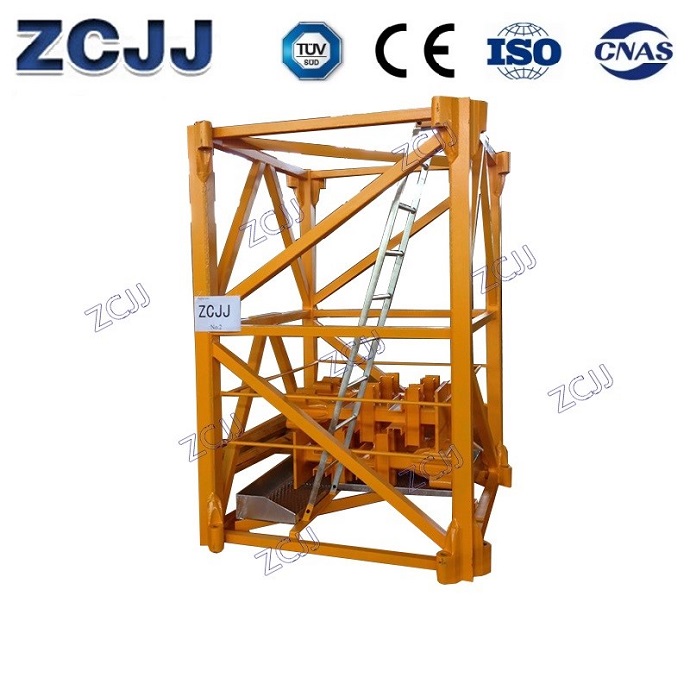
The commonly used standard series brake devices of crane are electric hydraulic block brake, electromagnetic block brake, disc brake, belt brake, etc. generally, the type and specification shall be considered, and the checking calculation shall be carried out, and the use environment and other relevant factors shall be considered.
The type selection of tower crane brake is mainly based on the product standard requirements and actual needs of the host machine or mechanism. As specified in the standard: the hoisting mechanism and luffing mechanism must be equipped with normally closed brake, and the walking or slewing mechanism can be equipped with normally closed brake. Considering the use place, if there is enough space for the brake installation, block type, belt type or arm type disc brake can be selected; when the space is limited, internal shoe type or clamp type disc brake can be selected. Considering the service environment of the supporting host, electromagnetic or pneumatic brake shall be selected for the occasions with strict requirements for oil leakage, and electric hydraulic brake or metallurgical electromagnetic brake with high insulation grade can be selected for the metallurgical places with high ambient temperature.
When the ambient temperature is low or high and the electric hydraulic brake is selected in the open air, the hydraulic oil of corresponding brand shall be replaced. In the environment with iron chips and serious dust, the use of electromagnet brake should be avoided to prevent dust from entering the electromagnet gap and affecting the electromagnet's absorption. For special or important occasions, additional functions of brake shall be added as required. In low temperature environments, electric hydraulic thruster heaters can be used. When there are strict requirements for starting and braking process conversion, a travel switch is added to understand the opening and closing state of the brake. For the environment that is difficult to maintain and adjust, the brake clearance equalization device and the friction plate wear automatic compensation device can be added. A manual brake release device is added to open the brake manually under special circumstances.
154HC Mast Section:
http://www.towercranesupply.com/product/154hc-mast-section-liebherr-tower-crane
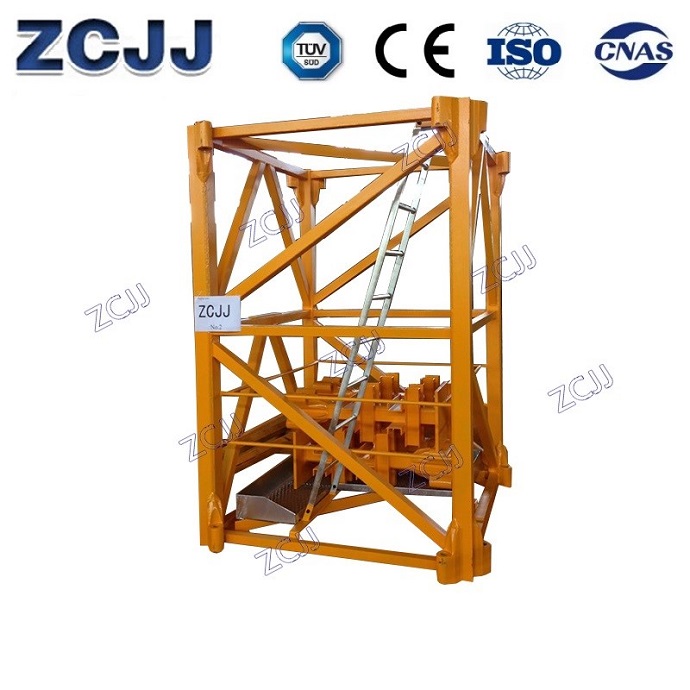
In order to alleviate the brake wear and shock and vibration caused by excessive braking, it is recommended to support the combination of braking and control braking. Control braking is generally electric braking, such as regenerative braking, reverse braking, energy consumption braking and eddy current braking. Electric braking is only used to consume kinetic energy to make the mechanism decelerate safely. When it is used together with electric braking, the minimum safety factor of supporting brake shall meet the original requirements separately. The second brake can also be used to reduce wear and impact. The first brake is used to consume kinetic energy, so that the machinery can decelerate and stop safely. The second brake ensures the safety of supporting brake, such as for windbreak brake. According to the national standard: for hook crane, when the working level of lifting mechanism is equal to or higher than M4 and the rated lifting speed is equal to or higher than 5m / min, the electric braking method shall be adopted to ensure that when the load within the range of (0.2-1.0) times the rated lifting weight drops, the motor speed before braking falls below 1,3 of the synchronous speed.
The working environment of the conventional standard brake shall be free of inflammable, explosive and corrosive gases. If the environmental condition exceeds the relevant regulations, the explosion-proof brake shall be selected. After the brake specification is determined, in order to ensure that the brake can effectively brake or support the load, and avoid the impact caused by too long or too strong braking distance, the average deceleration, braking time and braking distance of the brake mechanism shall be checked. Different equipment is used in different working conditions, and relevant standards have made clear provisions on the average deceleration, braking time and braking distance of the corresponding mechanism. For the vertical brake and the brake frequently used in the high temperature environment, the heating calculation shall be carried out to check whether the heat emitted by the brake at the maximum allowable temperature is greater than the heat generated in the braking process, so as to avoid overheating damage or failure of the friction surface.
154HC Mast Section:
http://www.towercranesupply.com/product/154hc-mast-section-liebherr-tower-crane
